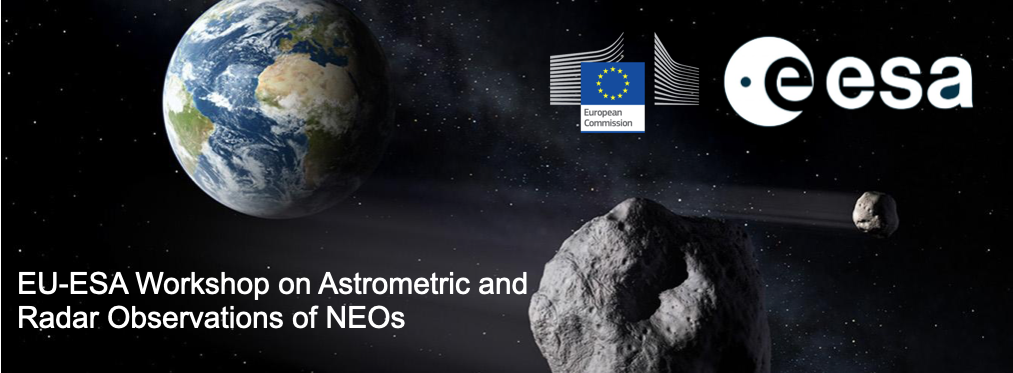Speaker
Description
We present the results of our analysis of the Gaia Focused Product Release (FPR) astrometry [1] and the results of the Main Belt Asteroid (MBA) mass estimation exercise using all available astrometry [2]. Gaia FPR includes astrometric observations of more than 156,000 asteroids [3]. The high precision of these astrometric observations requires careful modeling of the dynamics and the observable. We find that the offset of the center-of-light with phase angle is significant in the larger objects. Therefore, we improve the observable model with a center-of-light correction. In addition, we inflate the uncertainty of the measurements to account for the unknown location of the center-of-mass relative to the center-of-light and unmodelled parameters of the center-of-light location. Adding this dataset to all astrometry reported to the Minor Planet Center and radar delay-Doppler, we estimate the masses of Main Belt Asteroids. We demonstrate this approach for the mass estimate of 16 Psyche [4], then generalize the method to estimate the masses of a preliminary list of small-body perturbers. We search for close encounters between all known asteroids and the small-body perturbers; 975,000 asteroids had encounters within their observational arc. Of those, about 86,000 have some signal in their astrometry for one or more asteroid masses. We obtain 77 MBA mass estimates with SNR>10 and 232 estimates with SNR>3. From the derived estimates, we provide updated density estimates and an updated total main belt mass.
This research was supported by an appointment to the NASA Postdoctoral Program at the Jet Propulsion Laboratory, administered by Oak Ridge Associated Universities under contract with NASA.
[1] Fuentes-Muñoz et al. (2024), AJ, 167:290
[2] Fuentes-Muñoz et al. (2025), AJ (in review)
[3] Gaia Collaboration et al, (2023) A&A, 680, A37

